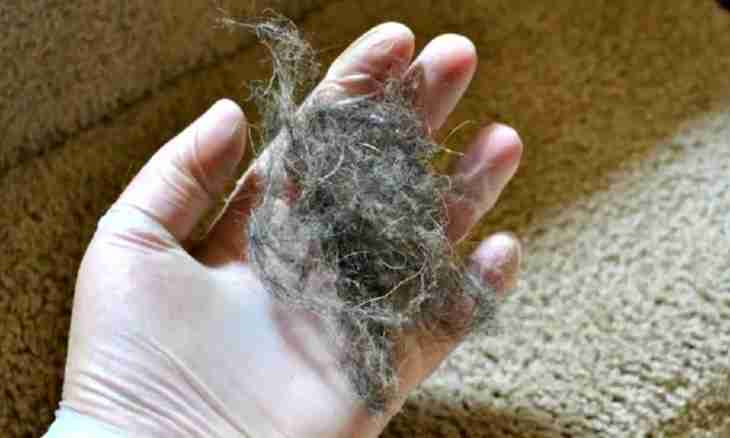No matter how often you remove the house, you will not be able to remove dust from the room completely. It appears for many reasons. Pets, wind, pollen and pollutants – here only the few from them.
Structure and origin of dust
Household dust generally consists of dirt, pollen, human leather and hair follicles, hair of pets, sand, a peel of insects and residues of cleaners. Depending on that, where do you live, environmental conditions, air quality which you breathe, the systems of windows and ventilation in your house dust can appear. It happens owing to your interaction to the world around.
If you live in the city area, then can notice emergence of a black film which settles on furniture. Such dust generally consists of the pollutants getting into the house outside. If you live in the dry and less inhabited areas, then dust will usually consist of pollen of plants.
Some pets create more dust, than others. It belongs to some breeds of cat and large dogs. Dust collects in dredging near windows, in air vents and on a surface of heating pipes. The conditioners and electronic devices subject to influence of static electricity also strongly become soiled. In kitchen, dust can mix up with liquid or cleaners that leads to creation of a hard-to-remove film. It often gathers on surfaces of cases or fridges and on seldom used tableware.
Whether it is worth worrying on dust?
At inhalation with a speed of 50 billion particles an hour the amount of the polluted dust which gets in a human body is alarming. Some specialists in questions of hygiene claim that air pollution by fine-grained particles promotes cardiovascular and pulmonary diseases. The recent researches conducted at Berkeley University proved that dust contains a large amount of pesticides. Therefore it is recommended to purify air in the house from dust as often as possible. According to the Agency of environmental protection air indoors can be more polluted from two to five times, than external. Insignificant irritations, such as itch in eyes, sneezing and headaches after visit of some rooms can be the first signs of pollution. It can also be one of the major factors causing heavy allergies or asthma. For the reason that the majority of pollutants of air in rooms is invisible to a naked eye, they are also rather small to get through walls of lungs and into a blood-groove. At the same time you will not feel anything unusual before developing of a disease or an allergy.

